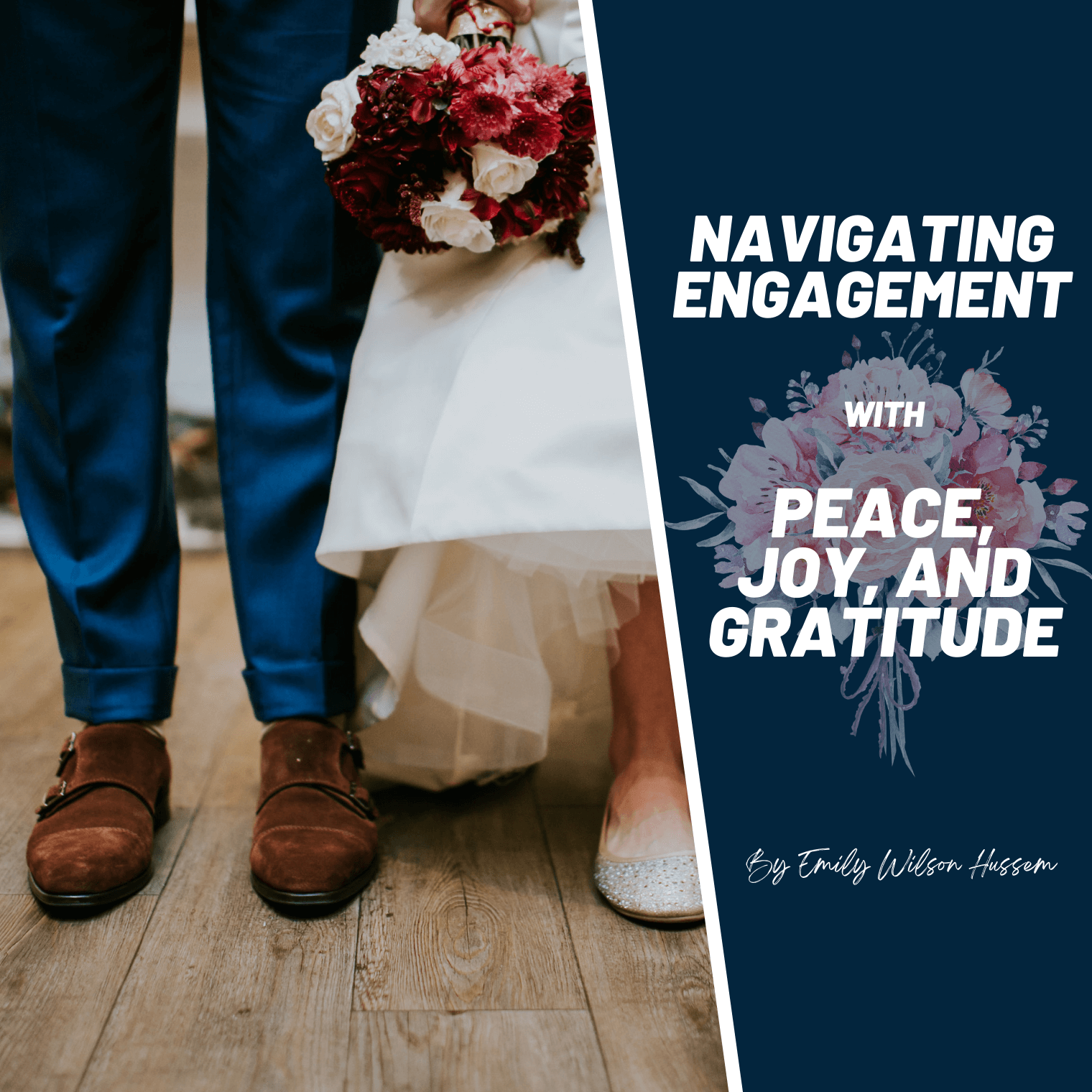A Season of Perpetual Hope
By Mary Fagan,
One evening last Advent, I walked my dog to the corner in a light snowfall, feeling tears freeze on my cheeks. The soft glow of the neighborhood Christmas lights blurred, and I gave myself over, for a moment, to the sorrow of journeying through infertility. Seeing other women write of how the experience united their heart with the blessed Mother’s, I’d dreamed of carrying a child during this liturgical season.
I knew, of course, that having a baby is not a life goal to be reached on one’s own schedule, but a pure and undeserved gift. Still, the unknown of infertility had become a heavy cross to bear. I turned my face to the sky and prayed, not for patience or for strength as perhaps I should have done, but simply with the words on my heart: “If it is your will, Lord, I ask you to bless us with a child.” As I turned back to the house, I heard His answer: “Wait and watch with me.” There were no timelines, and no promises. There was only the loving invitation to enter into this season of expectant hope in a way I hadn’t anticipated.
I’d been to see an OB-GYN that summer after a few months of trying to conceive, and she told me to “wait and see.” At first, I found this approach vaguely comforting. As the weeks went by with no signs of ovulation, though, I knew this passivity was unhealthy for both body and soul. Soon after, I began working with a Creighton Model fertility awareness instructor and NaPro-technology trained OB-GYN, an experience I’ve written about extensively for Natural Womanhood. That December, I was still a month away from learning that I’d been suffering from polycystic ovary syndrome (PCOS) for years. I’m boundlessly grateful for the help I received from these caring medical professionals, and for the way they supported me through learning how to heal my body through diet, lifestyle changes, and low-dose medication. Being given these tools felt like a tangible way to cooperate with God’s grace, and an engaged counterpoint to my first doctor’s approach. I no longer had to wait and see what was happening to my body each month—I could track my cycle daily and make adjustments based on those observations.
Still, I couldn’t have known as I moved through that healing process how much more painful waiting I’d be asked to do. My husband and I were overjoyed when, six months after my PCOS diagnosis, we got our first positive pregnancy test. Three weeks later, though, we waited for lab work that would confirm whether the baby in my womb had survived a threatened miscarriage. Having begun to bleed around six weeks, I had spent the week grieving for the child I felt sure I had lost. But the bleeding never got heavier. Then, in the middle of Mass that Sunday, I nearly fainted and was hit with intense nausea. So, off to the lab I went.
It became clear to me during that endless week without test results that, for some of us, waiting may be the most difficult thing we’re ever asked to do. That same week, a close family friend prepared for an operation to determine if his tumor was malignant. He cheerfully told loved ones that it was “only a flesh wound,” and that he would accept whatever came. But he also wrote searingly beautiful e-mails while he kept vigil in the deep stillness of the night, as he came to terms with what might be asked of him in the days to come. It was during that week, too, that the unstable situation in Afghanistan exploded. American families waited, helpless, to find out if their soldier had survived the attacks, and Afghan women watched warily to see whether their hard-won freedoms would be stripped away.
These stories, and my own, taught me that waiting is not equivalent to passivity. Though my first OB-GYN’s advice frustrated me, and the invitation offered through prayer challenged me, I have learned that there are different ways in which to wait. Certainly, those who wait are always in a state of intense vulnerability. Waiting involves admitting that we do not have the answers we seek. Yet for me, waiting is not a stagnant pause, but a state of vibrating suspense that speaks of precarity. One is suspended like a chandelier, kept at a distance from the ceiling yet further from the ground below. “Sospeso,” suspended, is also the word Dante chose to describe the souls in Limbo, divided from Paradise yet exempt from the sensory tortures reserved for those deep in Hell. As I waited for news that week, I felt as though every fiber of my being strained toward the unknown end point I both desired and feared.
That short season of waiting came to a close with a call from the doctor’s office, and the words, “You’re still pregnant.” Later that day, I had an ultrasound and listened in awe to my baby’s strong and steady heartbeat. And though I do not know, even now, that I’ll get to bring my first-born child into the light this spring, I’ve been given a gift more precious than certainty. Virgil and the others trapped in Limbo describe their existence in this way: “sanza speme vivemo in disio”—“without hope, we live in desire” (Inferno IV.42). It is a pitiable state of being, and the reader feels bereft when Virgil must abandon Dante before his entry into Paradiso. Blessed are we who wait on earth, for, unlike Dante’s Virgil, we have been offered the hope of heaven.
This perpetual hope also infuses the liturgical season of Advent, a word that derives from the Latin adventus, meaning “coming” or “arrival.” During this time, we remember how the world awaited the coming of the Messiah; and at its end, we remember that our first, long wait has ended. The Christ-child, who came to break the chains of sin and death, has already burst into our broken world. Because of His advent I know, even as I pray for the life of my child, that losing him would mean sending him ahead to wait for me in Paradise.










